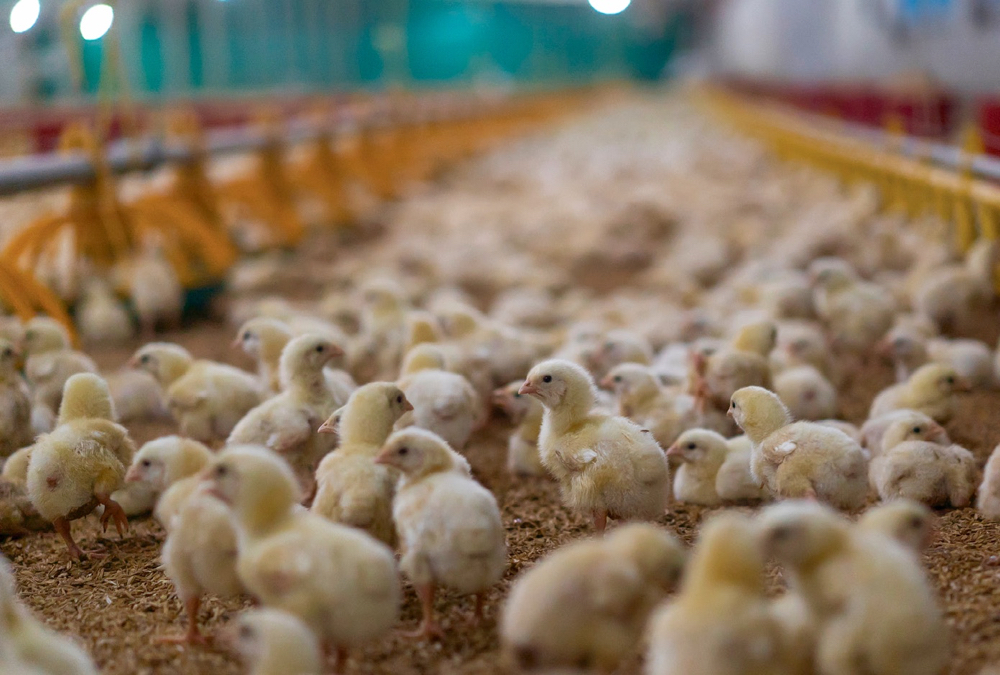
Safeguarding Agricultural Health: The Importance of Farm Biosecurity
In today’s rapidly changing world, where agriculture plays a vital role in sustaining human existence, ensuring the health and productivity of farms has become more critical than ever. The concept of farm biosecurity has emerged as a proactive and essential approach to safeguarding agricultural systems from the threats posed by pests, diseases, and other biological risks. This article delves into the importance of farm biosecurity and explores the measures that farmers can implement to protect their livelihoods.
Farm biosecurity encompasses a comprehensive set of practices designed to prevent, detect, and manage risks associated with biological hazards. These hazards can range from plant pests and diseases to invasive species and livestock pathogens. By implementing biosecurity measures, farmers aim to minimize the introduction and spread of harmful organisms within their farms, ultimately protecting their crops, animals, and the broader agricultural community.
Prevention is at the core of effective farm biosecurity. Farmers can take several preventive measures to reduce the likelihood of introducing biological hazards onto their premises. These include implementing strict biosecurity protocols for visitors, equipment, and vehicles entering the farm. Ensuring proper hygiene practices, such as handwashing and disinfection, can limit the transfer of pathogens. Additionally, practicing responsible sourcing of plants, seeds, and animals, and quarantining new arrivals, can help identify and manage potential risks.
The physical infrastructure of a farm can significantly influence its biosecurity status. Proper farm design and layout can minimize the chances of pest and disease incursions. Fencing and barriers can act as a physical deterrent to unauthorized access and reduce the risk of wildlife and stray animals carrying diseases onto the farm. Additionally, establishing buffer zones between different production areas and neighboring farms can help prevent the spread of pathogens through cross-contamination.

Early detection is crucial for effective disease management on farms. Implementing regular surveillance programs enables farmers to identify and respond promptly to potential threats. Monitoring livestock anti-pyrexic plants and animals for any signs of illness or abnormalities, such as changes in growth patterns or behavior, can help detect diseases before they spread. Timely reporting of suspicious symptoms to relevant authorities or agricultural extension services can facilitate accurate diagnosis and appropriate control measures.
Farm biosecurity requires a collective effort involving not only farmers but also farm workers, suppliers, and other stakeholders. Providing education and training on biosecurity practices is essential to ensure everyone involved understands their roles and responsibilities in maintaining a secure environment. This includes imparting knowledge on proper hygiene, disease identification, and implementing biosecurity measures. Training programs can empower individuals to become proactive guardians of agricultural health.
Leave a Reply